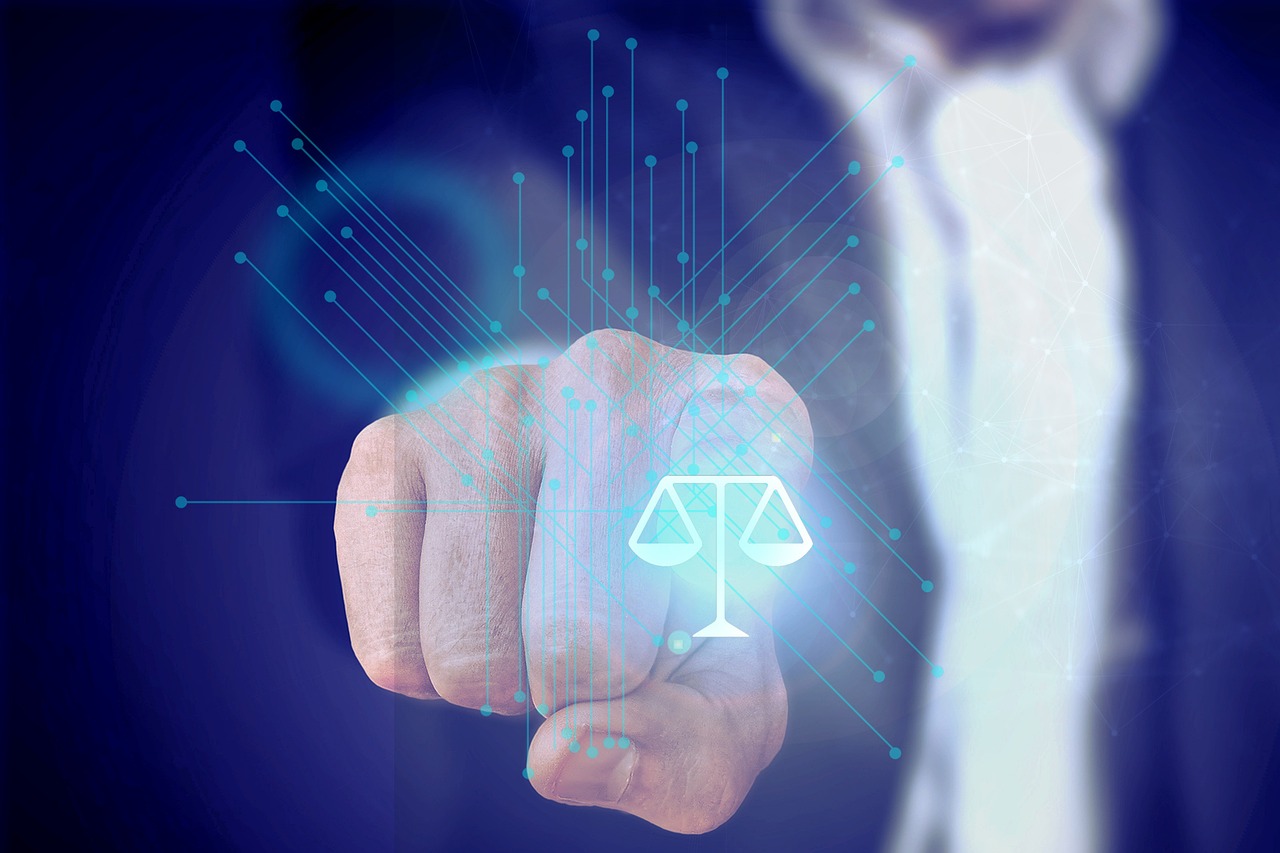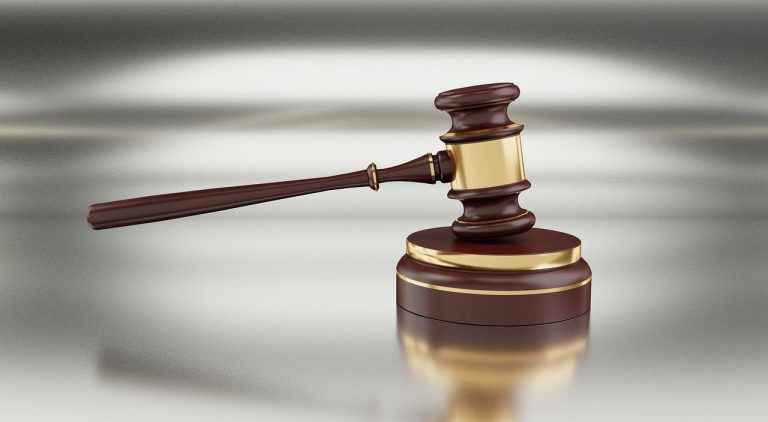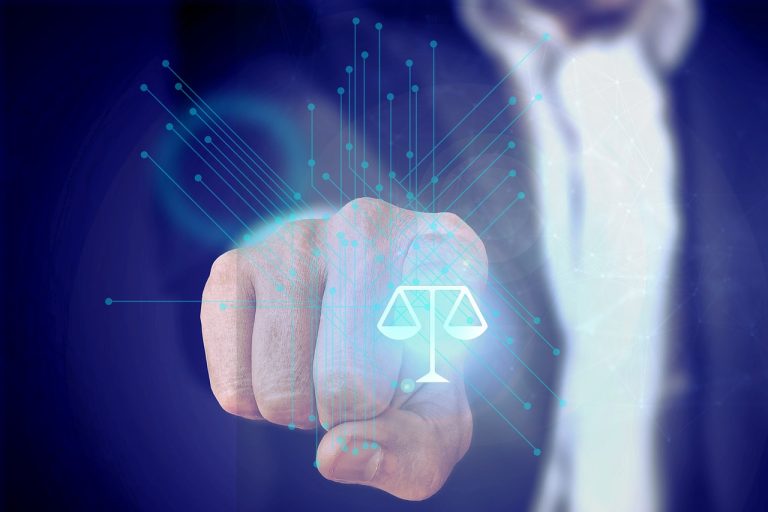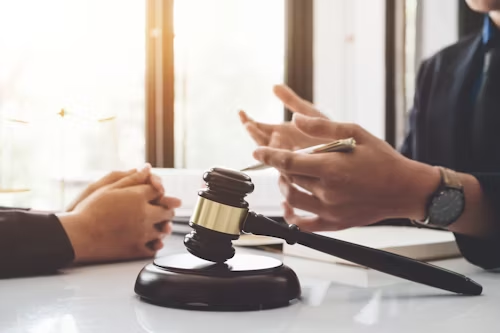Legal Action and Restoration: The Path to Recovery
Victims are usually left with the burden of simultaneously seeking justice and restoring their losses when disaster hits- in one way or the other- through a toxic exposure, faulty product, or environmental negligence. Legal assistance and professional reblogging are a match made in heaven because of their life-changing power in such situations. Although the legal system is useful to give the victim an avenue to seek vengeance on irresponsible parties and receive some compensation, the restoration industry comes in to reconstruct properties, businesses, and lives. These two pillars combined provide a comprehensive way to recovery, not only the restoration of the structure but also the restoration of dignity, mental peace, and economic prosperity.
This article discusses the path through which effectees find themselves on the road to empowerment. How do victims transform their lives out of lawsuits and into livelihoods? As we look at the practice in reality, we illuminate the impact of an appropriate support system by means of attorneys and other restoration professionals working together.
1. The Aftermath of Negligence: When Disaster Becomes Personal
Negligence may take numerous forms: it may be a leakage of chemicals, the faults in the material used to construct buildings, the presence of mold, etc. To the victims, it does not only look like a loss of property, but rather safety, health, and emotional disarray. Whether it is families who were evacuated because of asbestos contamination of their houses or a whole town or communities who are in danger of unsafe drinking water, it can be quite fatal and personal.
Dr. Nick Oberheiden, Founder at Oberheiden P.C., says, “The next is a long recovery period. The short-term worries are physical relocation, loss of property, and health hazards. However, the true cost is usually more severe, touching the psychological, economic, and posterity impact. Crossed with feelings of loss and vulnerability, this is the place where attorneys and recovery specialists come in as a vital force.”
2. Filing a Lawsuit: Holding the Right Parties Accountable
“When negligence leads to property damage or serious health risks, litigation often becomes the first step toward justice,” says Alex L., Founder of StudyX. “Victims may pursue legal action against product manufacturers, negligent landlords—such as those who ignore mold infestations, or companies that contaminate drinking water. These lawsuits, whether individual or class actions, aim to recover damages for medical bills, relocation costs, lost income, and emotional suffering.”
Today, AI is playing an increasingly vital role in legal research and case preparation—helping attorneys analyze regulations, identify patterns of negligence, and streamline complex investigations.
“By integrating AI tools, legal teams can build stronger cases faster, making justice more accessible and efficient for victims,” Alex adds. “It’s a powerful step forward in holding bad actors accountable and restoring peace of mind to those affected.”
3. The Restoration Response: Rebuilding What’s Been Lost
“While legal proceedings unfold, another equally important task begins, restoration,” says Carl Panepinto, Marketing Director at Manhattan Flood Restoration. “Professional restoration services step in to assess the extent of the damage, mitigate further risks, and initiate the cleanup or rebuild process. Whether it’s remediating mold, repairing flood-damaged homes, or restoring fire-ravaged properties, this hands-on work helps victims take tangible steps toward normalcy.
Restoration companies provide not only technical expertise, but emotional reassurance. They help clients navigate insurance claims, secure temporary housing, and preserve whatever possessions can be salvaged. For many, seeing their home or business rebuilt marks the first real sign that life can return to normal.”
4. When Legal and Restoration Teams Work Together
Most successful recovery results are witnessed when collusion of attorneys and restoration experts occurs. Attorneys frequently use restoration specialists to prepare reports of damages, provide cost estimates of repairs, or as expert witnesses to describe the level of the damage. This synergy also becomes useful in enhancing claims and ensures that the compensation that is paid to the victims equals the actual extent of their losses.
Simultaneously, Timothy Allen, Director at Corporate Investigation Consulting, adds, “The knowledge about the legal environment empowers the professionals of restoration activities. They can advise clients better, liaise with insurers, and even furnish reports that can be of importance in a court of law. The two industries are like a protective landing net around the victims since they take care of both legal and physical repercussions of irresponsibility.”
5. Case Study: Toxic Mold and Tenant Rights
As an example, Ben Flynn, Marketing Manager at 88Vape, says, “One can consider the situation of toxic mold in residential buildings, which is an emerging issue in most urban centers. Residents who are subjected to dangerous molds usually experience respiratory problems, migraines, and chronic disease. A failure to deal with such issues by the landlords results in lawsuits that fall under the premises liability laws or the tenant rights laws.”
Mold remediation restoration services come into the spotlight in such incidents. Their evaluation and control measures can be used in tourism. In other cases, it has not only been the tenants that have won compensation in a lawsuit, but they have also compelled the landlords to renovate their accommodation, making it a better place to live in.
6. Mass Torts and Environmental Disasters: Community Recovery at Scale
“Environmental disasters—like oil spills, chemical plant leaks, or contaminated water crises—don’t just disrupt daily life; they leave lasting scars on entire communities,” says Sarah N. Westcot, Managing Partner at Bursor & Fisher, P.A., “In these situations, victims often join together to pursue mass tort lawsuits against the corporations responsible. Successful litigation can result in substantial settlements—not only compensating individuals for their suffering, but also funding broader recovery efforts for the entire community,” adds Sarah.
Once justice is secured in court, the focus shifts to rebuilding. Restoration teams step in to decontaminate water supplies, replace damaged infrastructure, and ensure safe living conditions. This dual approach, legal and logistical, helps communities regain a sense of safety, stability, and dignity.
7. Insurance Claims: The Middle Ground Between Lawsuits and Recovery
Every restoration begins with a lawsuit. On many occasions, the first place that victims go is the insurance providers. However, not all claims may be allowed; a short change or late payment may result in some legal action. John Beebe, CEO at Classic Car Deal, says, “Bad-faith insurers can be disputed by attorneys, and restoration companies can present the documentation that confirms the magnitude of the damage. This dynamic reminds us of the necessity of co-operation once more. An effective insurance claim is usually dependent on the professional evaluation of restoration personnel, coupled with the legal arts to compel the rights of the policyholder. Put together, they enable the homeowners to escape the cost of having to start over by themselves.”
8. Restoring More Than Property: The Emotional Impact of Justice and Rebuilding
“Recovery has more than just an economic component or patching up of drywall; rather, it is about restoring the victims to make them feel whole again. The killers are convicted, and the sense of justice, validation, and closure come with those victories, but physical healing carries the symbolic and obvious change. The sight of a previously damaged house after it has been cleaned, repainted, or a previously closed-down business starts up again will create some kind of hope and stability,” says Gerrid Smith, Chief Marketing Officer at Joy Organics.
Collectively, these two avenues of justice, legal and physical healing, help an individual to rise out of the position of a victim to be transformed into a position of empowerment. The message is clear: someone should not be left to rebuild by themselves because the result of negligence is negative. In addition to structural rebuilding, this integrated method will see confidence, dignity, and peace of mind restored.
Conclusion: A Path Forward Through Justice and Restoration
The healing journey seems tedious and unpredictable when negligence disrupts a certain aspect of life. However, seeking justice through a legal system and recovery specialists through restoration, victims may take charge of their future. These two powers are the source of more than equal pay and restoration; they provide dignity, stability, and a vindication of hope. Lawsuits, to livelihood, the road can start with a crisis, but through the enabling help, it results in empowerment.





